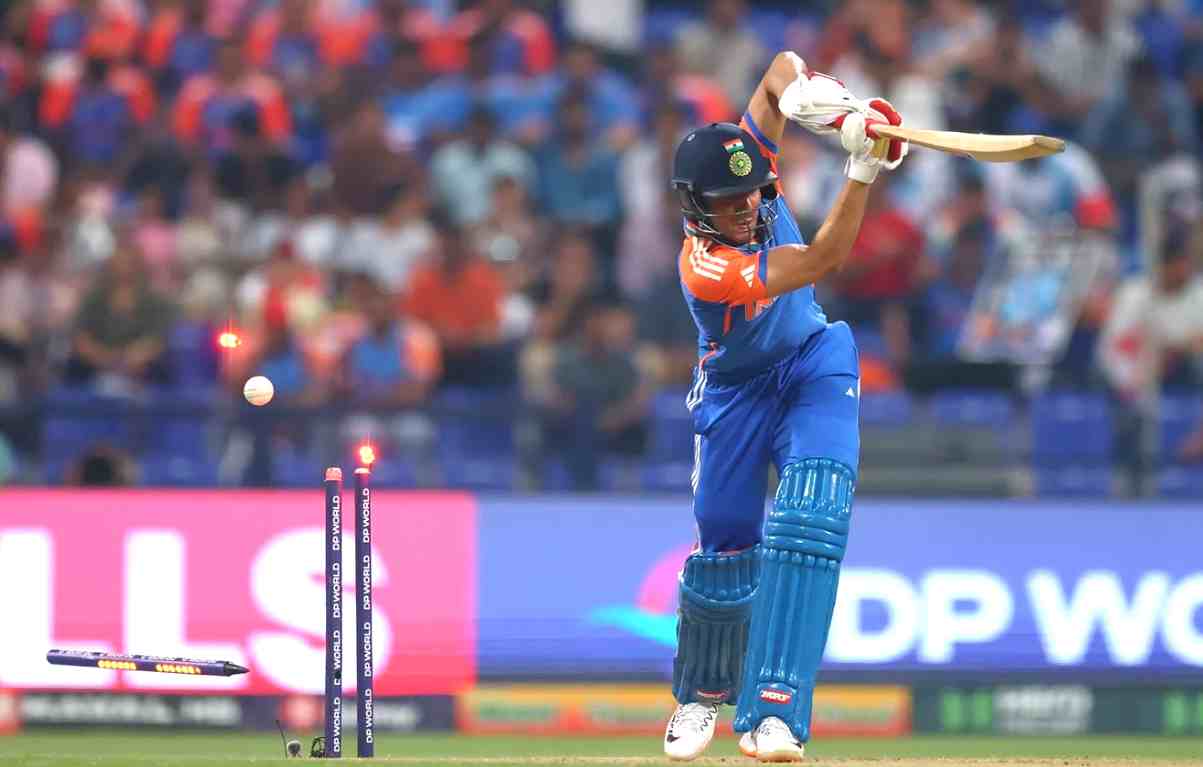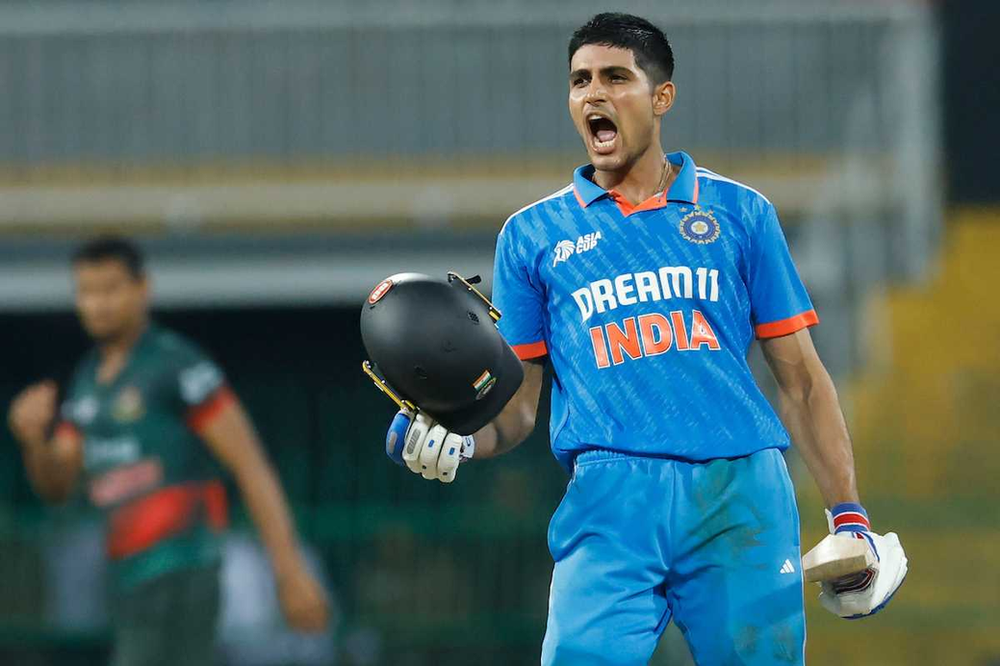Shubman Gill scored only 127 runs in 7 innings at Asia Cup 2025. Does he still deserve India’s first-choice T20I opener role?

Shubman Gill, India’s Test skipper and the vice-captain of the current T20I team didn’t have the best of Asia Cups. Even though India won the tournament without dropping a game, a lot of things need to be pondered upon and one such is the opening combination.
In the lead up to the World Cup, the team management needs to zero-in on who would be the ideal opening partner to the swashbuckling Abhishek Sharma. Even though Gill donned that role in Asia Cup, it is safe to say the right-hander hasn’t done anything to warrant a place going forward.
The designated vice-captain of India in the Asia Cup could muster just 127 runs in seven innings at an average of 21.16 without a single fifty plus score and the only notable aspect is his strike rate which was over 150. Apart from a 28-ball 47 against Pakistan in a Super four game which India won, Gill hasn’t made a significant contribution in the tournament.
Shubman Gill as opener in T20 cricket
| Format | Innings | Runs | Average | Strike Rate | 100s/50s |
| T20s overall | 167 | 5248 | 37.21 | 139.16 | 6/32 |
| IPL | 115 | 3866 | 39.45 | 138.72 | 4/26 |
| T20Is | 28 | 705 | 28.20 | 141.28 | 1/3 |
The above-mentioned are the numbers of Shubman Gill in various forms of T20 cricket. If we closely analyse them, one could see a drastic dip in his performance in international T20 cricket as opposed to say in the IPL or T20s in general. In the IPL, Gill has been a force to reckon with and on many occasions, he has delivered some sensational performances.
But on the contrary, in T20Is, he hasn’t done much to warrant a place in the playing XI. He has made only four scores of 50 or more in 28 outings and averages mere 28. Gill came in place of Sanju Samson who had just scored three centuries in the last 10 innings he featured.
Read More: Is Sanju Samson’s game suited for the middle order in T20 cricket?

How was Gill accommodated at the top?
In order to play Gill at the top of the order, India had to overhaul their batting order to a large extent. As mentioned, Sanju Samson, who was in rollicking form as an opener (Striking at 182) in the lead up to Asia Cup was pushed to play down the order. Constantly shifting batting positions hampered Sanju Samson’s rhythm in Asia Cup 2025, where he managed only 132 runs at a modest strike rate of 124.52.
Not just that, Tilak Varma, who had been sensational with two centuries at No.3 had to shift down a position or two. These batters had to make a lot of adjustments to their gameplay and we should say that luckily, it didn’t affect India’s campaign in Asia Cup that much.
All this clearly shows the faith that the team management has on Gill. They not just inserted him back in the opening position but also elevated him to a leadership role, However, his performances were far from satisfactory and the right-hander didn’t do his reputation any good with this indifference.
Maybe all this created an undue pressure on Gill to perform. After all, his inclusion has stopped one of India’s most destructive opening pairs playing together. To his credit, Gill did try to play an aggressive brand of cricket that we are accustomed to seeing but the results were far from ideal for one’s linking. It made it as if India were quite dependent on Abhishek, a youngster rather than an internationally accomplished player like Gill.
Maybe all this created an undue pressure on Gill to perform. After all, his inclusion has stopped one of India’s most destructive opening pairs playing together. To his credit, Gill did try to play an aggressive brand of cricket that we are accustomed to seeing but the results were far from ideal for one’s linking. It made it as if India were quite dependent on Abhishek, a youngster rather than an internationally accomplished player like Gill.
Read More: Tilak Varma’s 69* in chasing cause in Asia Cup 2025 Final proves his utility as a finisher
Why should he be reserved for Tests and ODIs?
One thing India can do is stop mixing formats. For instance, a player like Shubman Gill has been a force to reckon with as far as ODI cricket is concerned. The opener has an average of close to 60 with eight centuries and 15 other fifty-plus scores in 55 innings and is currently ranked No.1 as far as the ODI batters are concerned.
Even in Tests, he delivered a coming of age performance in the recent England series where he amassed a staggering 754 runs in 10 innings. This boosted his batting average from a middling 35.06 to now decent looking 41.36 after 69 Test innings. His returns in England were generational and this shows his red-ball potential.
While it is good to be an all-format player, one needs to do a lot of adjustments when juggling between the formats. The technique needed for playing Tests and T20Is is quite different. Also, the changeover time between the formats in modern day is quite less.
For instance, India will be playing West Indies in a Test match, merely four days after the Asia Cup final game against Pakistan. And guess what, Gill is the one who will be leading India in that series.
So that is why we can say it is ideal that a player like Gill should concentrate on playing his best formats – Tests and ODIs. He can be chosen when required for T20Is, given his capability, but over mixing of formats might not work out, given the amount of cricket being played nowadays. Moreover, it is not like Gill is adding too much value at the top of the order in T20Is in the present scenario.
Also, the only tournament India haven’t won till date is the World Test Championship and Gill is leading the team in that format. The ODI World Cup is also fast approaching and his focus should solely be on these two tournaments.
Read More: Suryakumar Yadav’s average & strike rate see remarkable dip since assuming captaincy

